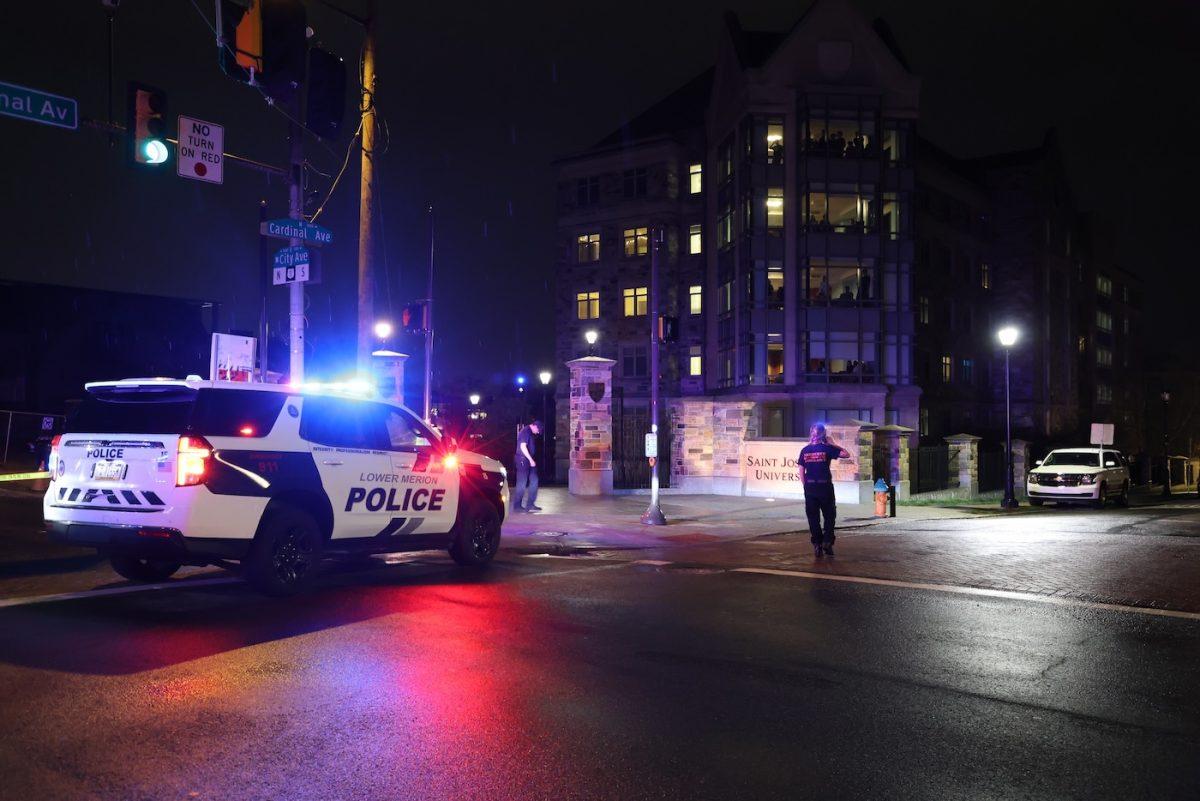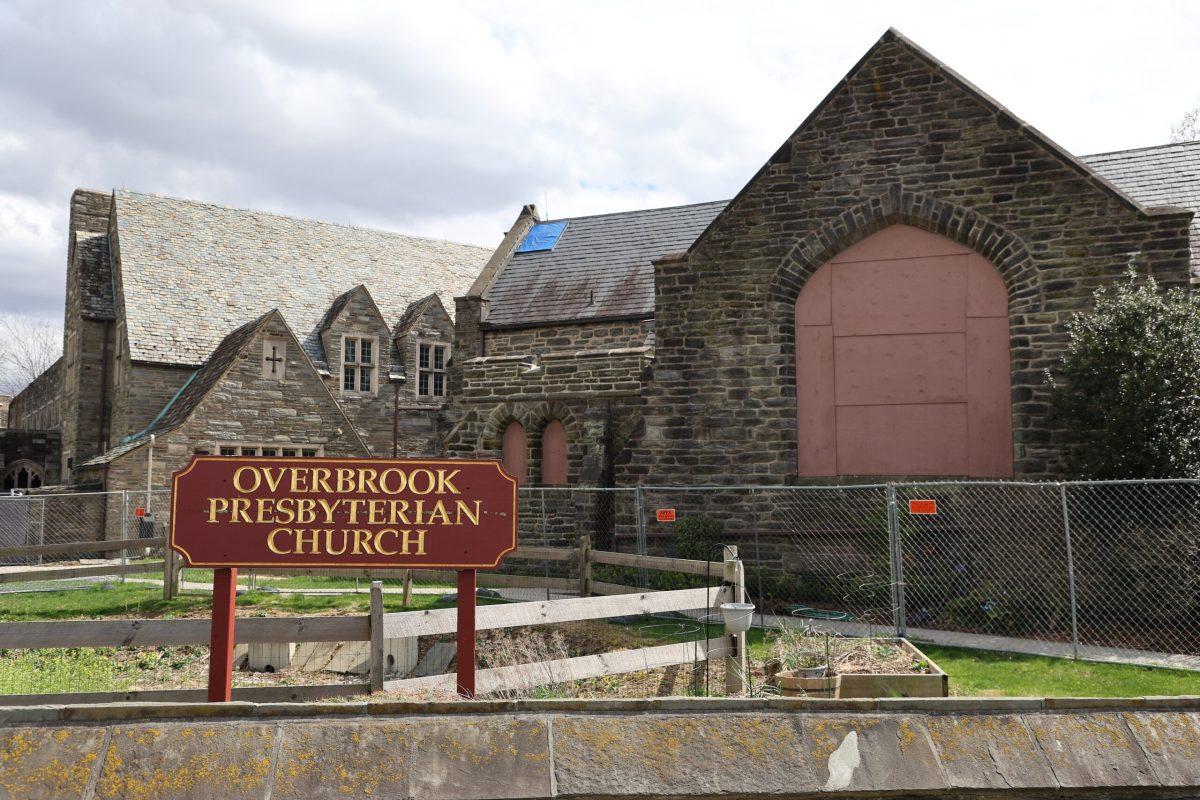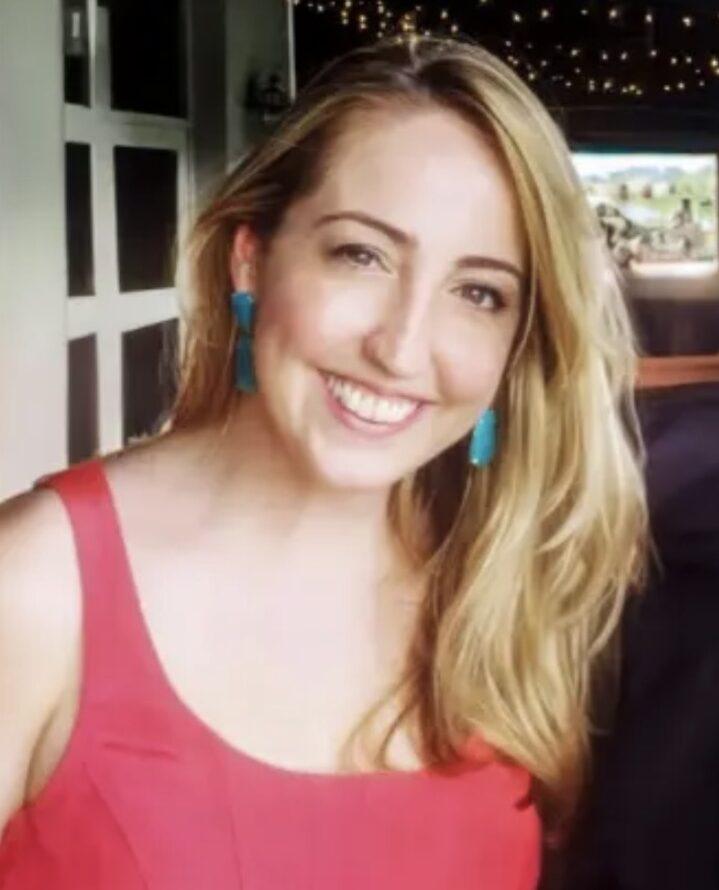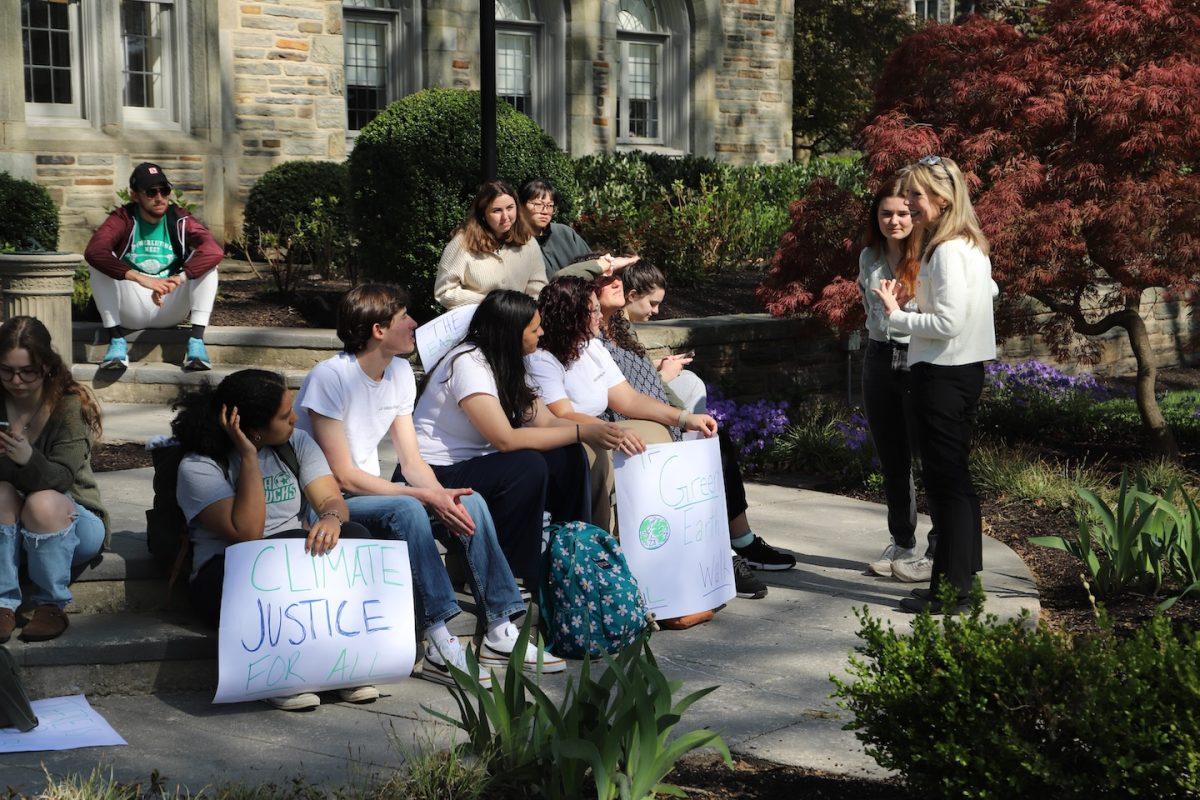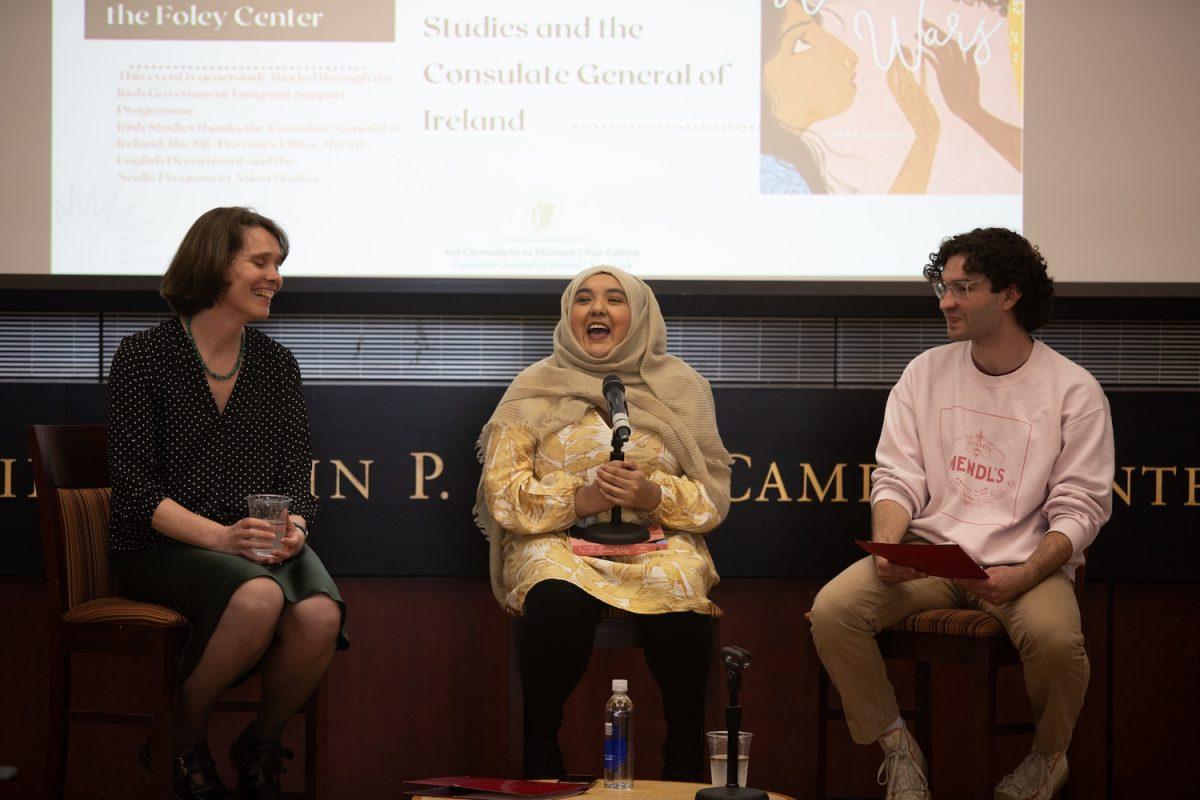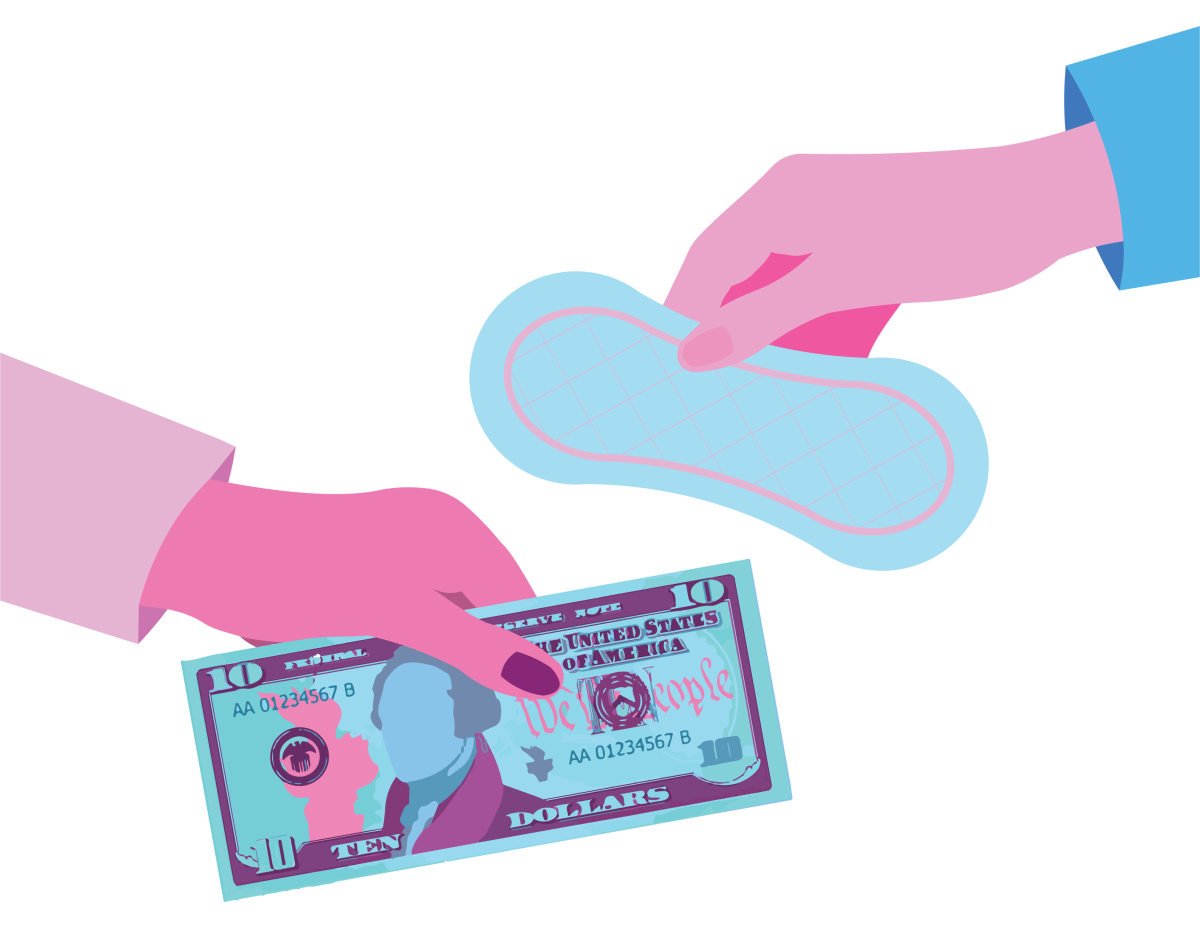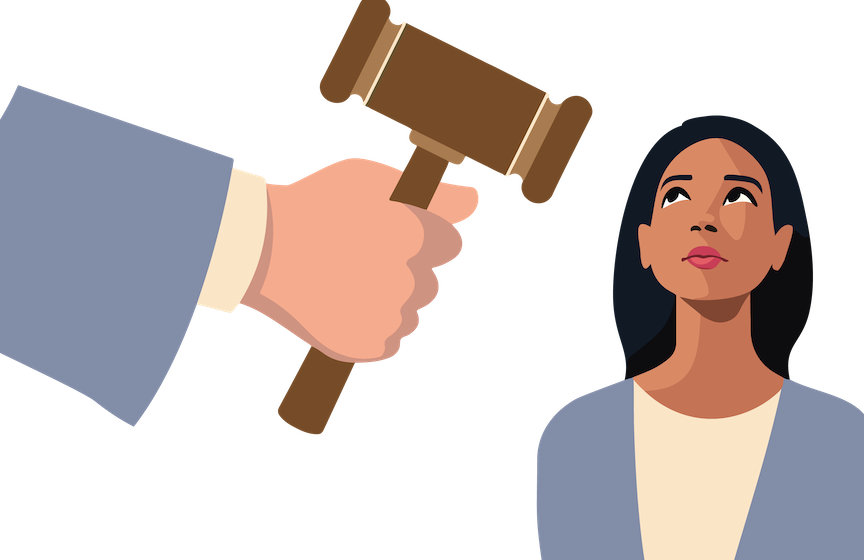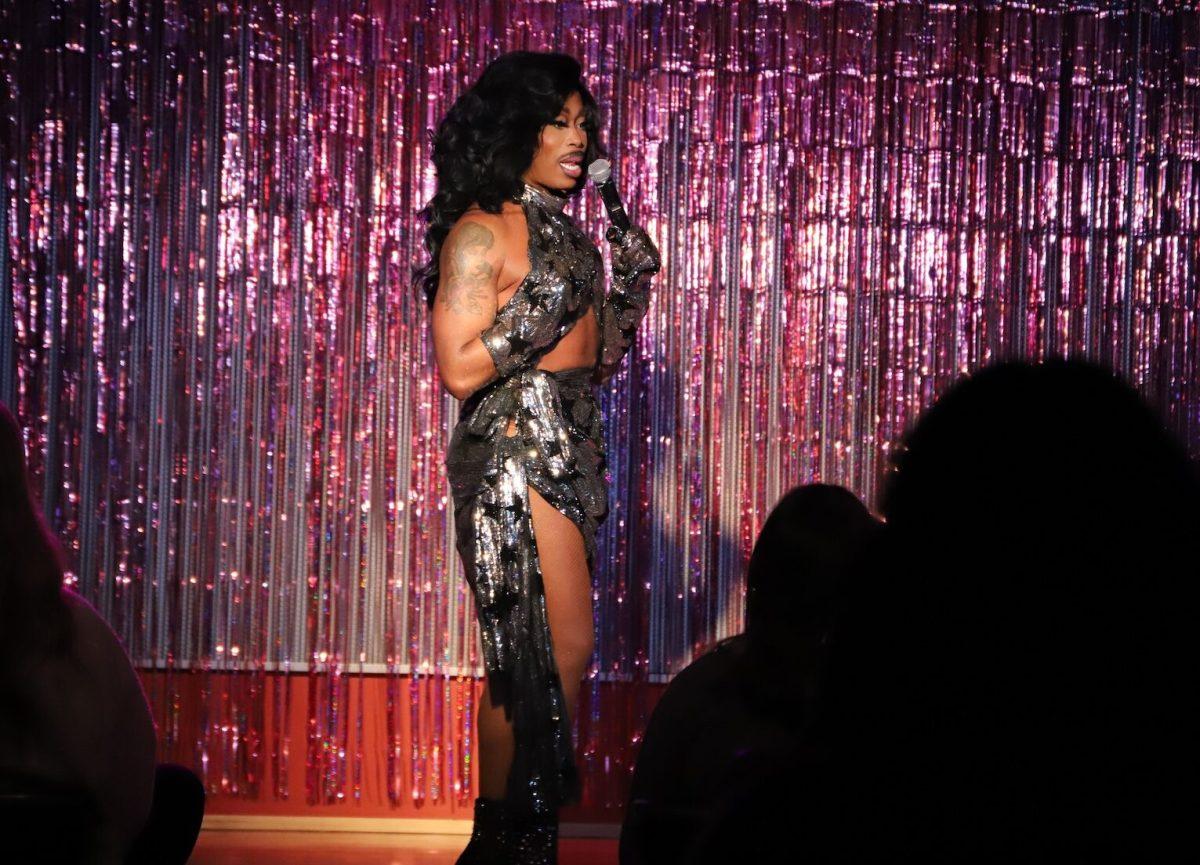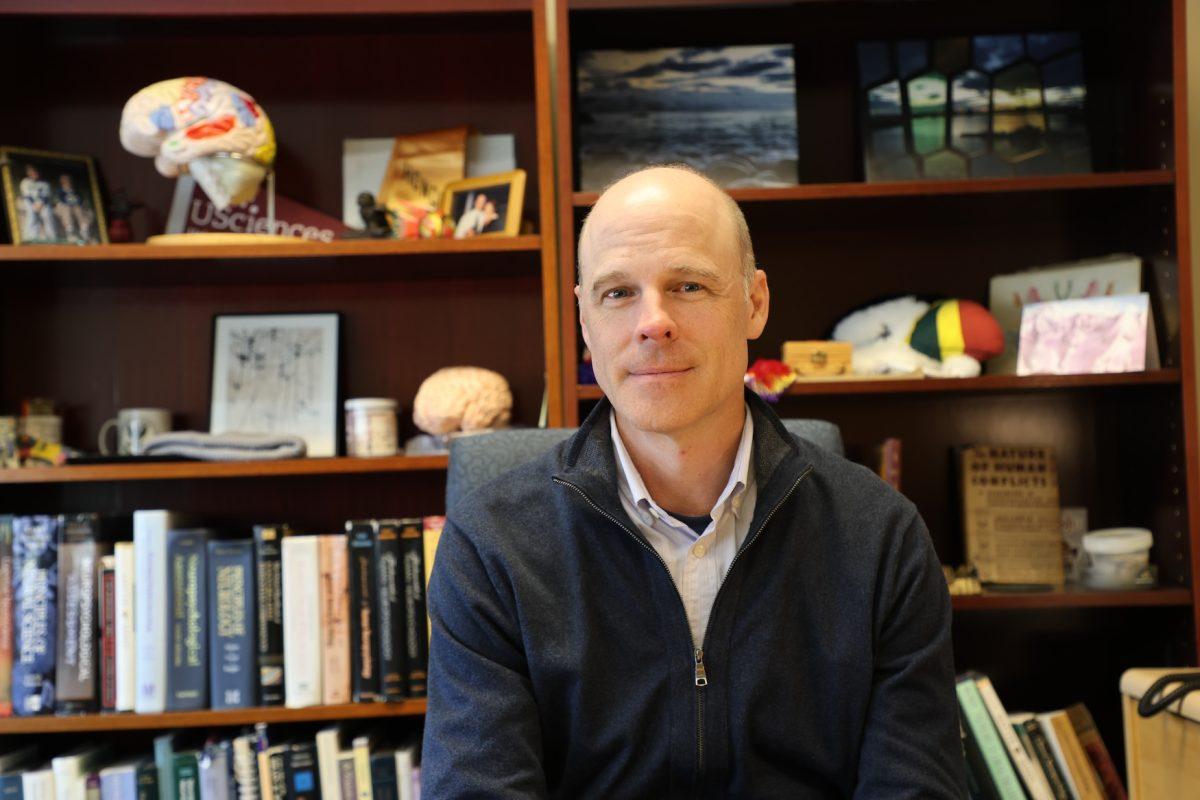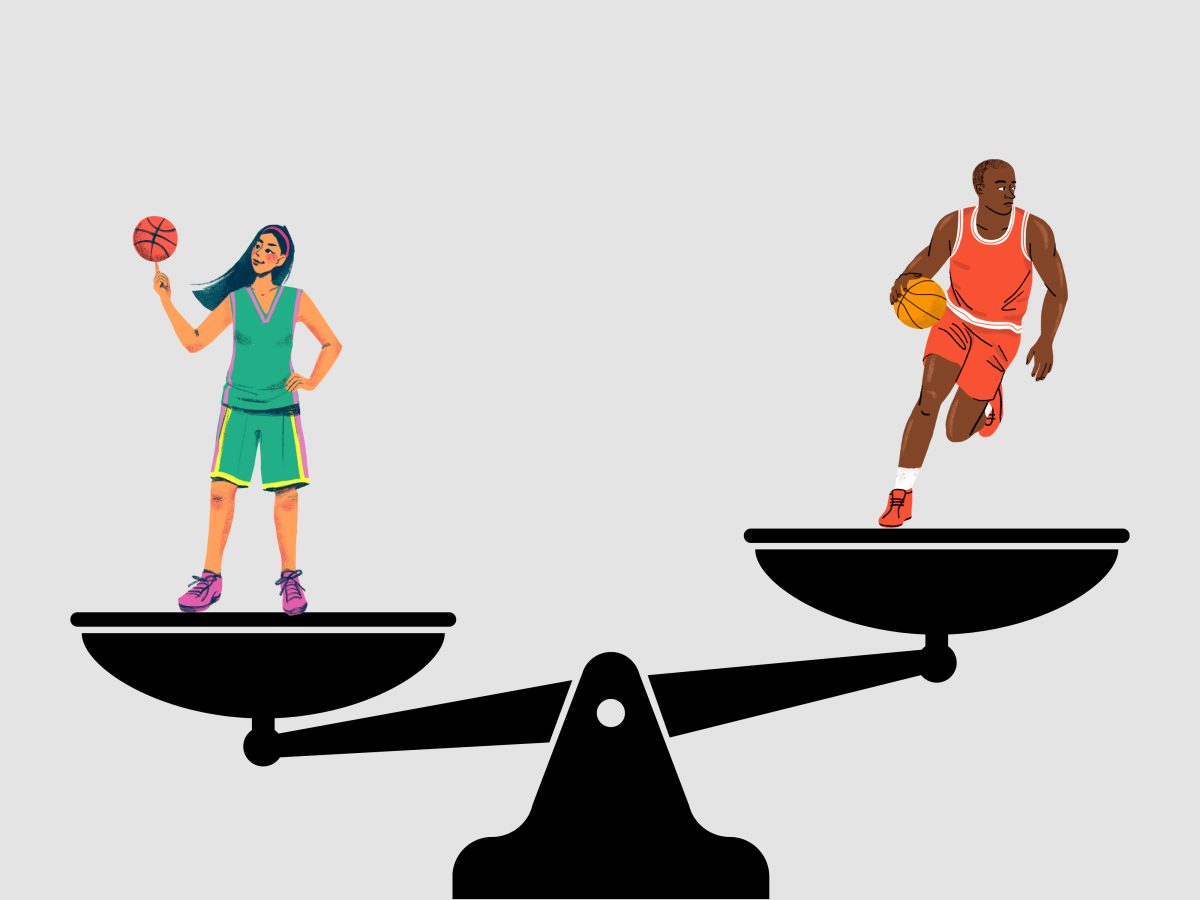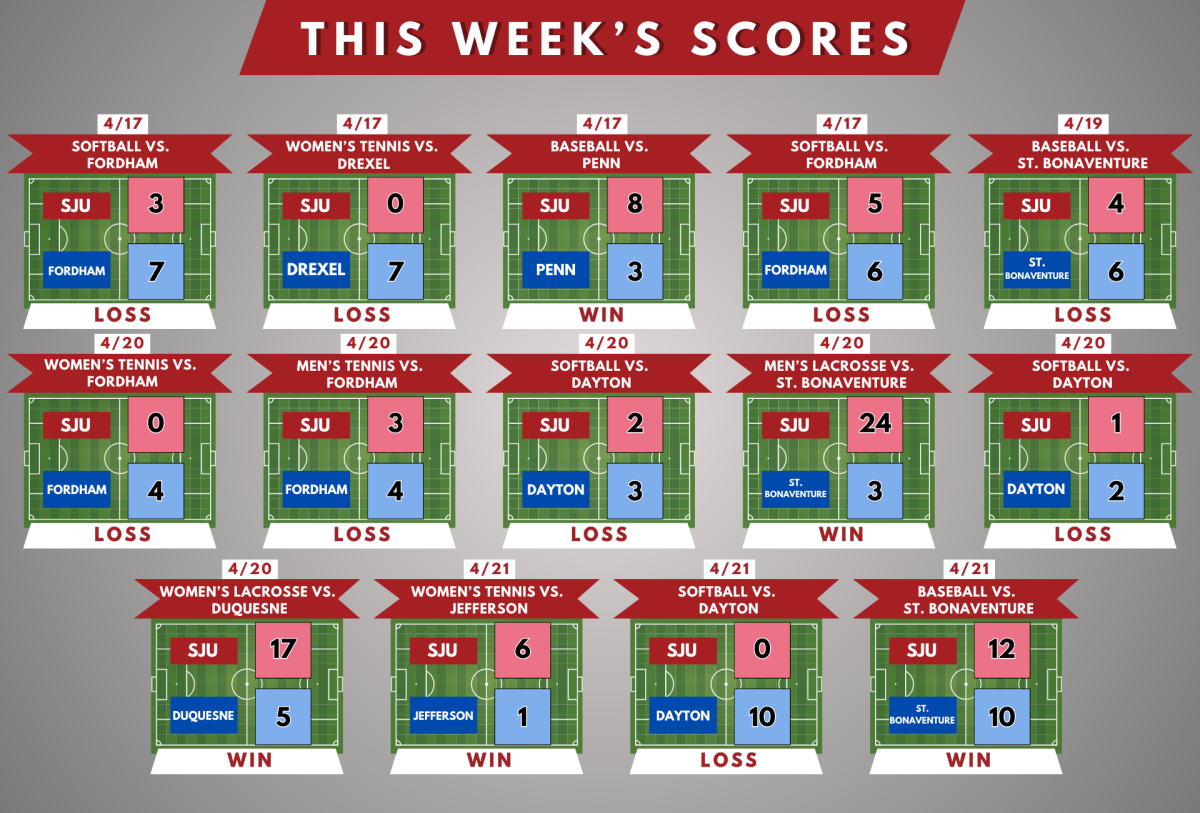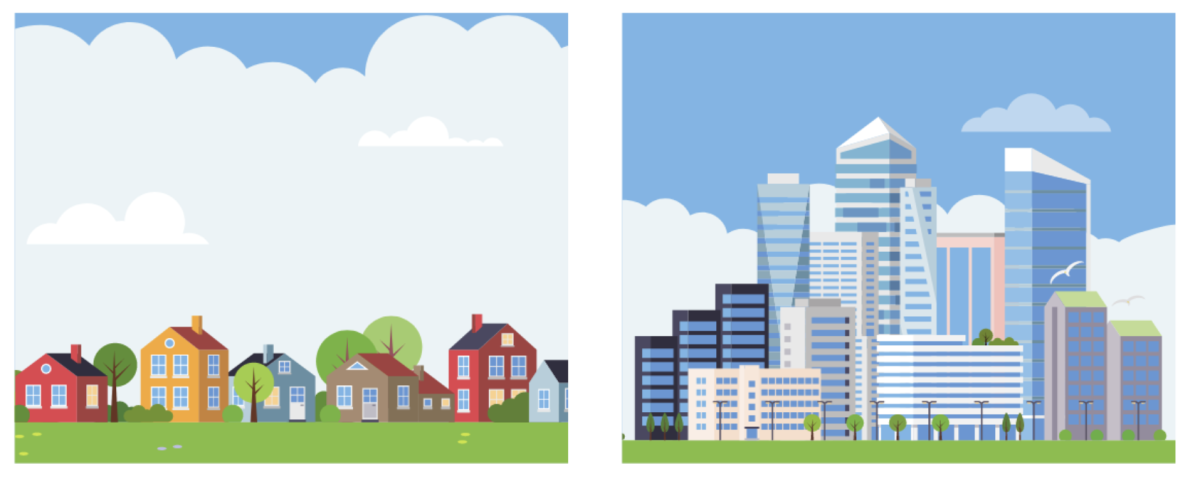Twenty-five U.S. cities have been selected to be part of the Bloomberg American Sustainable Cities Program, including Philadelphia. This project will provide $200 million to each of these cities to improve and develop sustainable infrastructure — something desperately needed in Philly as we continue to experience greater-intensity heat waves and flooding. This program is especially important for low-income, marginalized communities that often experience the worst of these environmental occurrences, on top of increased exposure to water and air pollution.
One of the most common economic indicators of sustainable infrastructure is canopy coverage in neighborhoods. Adequate tree coverage on a street block can reduce surface temperatures by up to 25°F. However, many times, including here in Philadelphia, lower income neighborhoods have insufficient tree coverage. As a result, these areas experience higher temperatures in the summer months, which can be deadly.
Our Hawk Hill campus itself is located on a divide in sustainable infrastructure. On the Lower Merion side of campus, trees are abundant. However, when you start going into West Philadelphia, they become scarce. Data from the Delaware Valley Regional Planning Commission shows that lower-income and marginalized areas in the Greater Philadelphia region, like West Philadelphia, suffer a great disparity in the amount of tree coverage. When you add data regarding the historic Home Owners’ Loan Corporation (HOLC) redlining maps, the disparities are reflected even more.
However, research in recent years has also shown that when green infrastructure is introduced into these communities, wealthier outsiders often move in and, as a result, families in the area can no longer afford to live in their neighborhoods. This unjust displacement — often referred to as “green gentrification” — is most frequently the case for Black and brown communities, according to the study “Environmental Justice: The Economics of Race, Place, and Pollution” from the Journal of Economic Perspectives.
Affordable housing and rent stabilization programs have proven great strides in lessening the burden of housing costs in order to ensure locals are not forced to move elsewhere. But these initiatives need to be at the forefront of the conversation as plans go underway for the new Bloomberg project — and St. Joe’s is right at the heart of it all.
Green gentrification is not an inevitable consequence of green development. It can, and should, be accounted for when planning public initiatives. And Philadelphians like you and I can — and, again, should — advocate for such.

